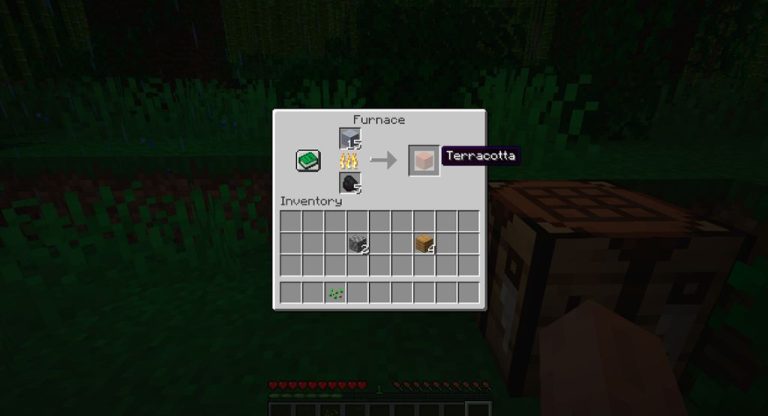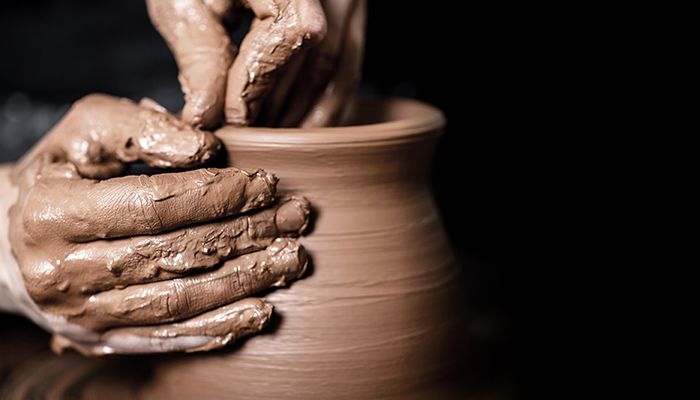Is A Fire Brick The Same As A Kiln Brick?
Introducing Fire Bricks and Kiln Bricks
Fire bricks, also known as refractory bricks, are high-density bricks made from refractory clay and used to line fireplaces, fireboxes, furnaces, kilns, boilers, and other high-temperature applications where regular bricks would fail. They have high heat tolerance and low thermal conductivity.
Kiln bricks are a type of fire brick specifically designed for use in kilns for firing ceramics. They are able to withstand continuous high temperatures of over 1000°C required for firing ceramics, porcelain, and pottery. Kiln bricks have high heat capacity, low thermal conductivity, and good resistance to thermal shock.
While kiln bricks are a specialized type of fire brick, the two terms are sometimes used interchangeably. However, kiln bricks are optimized for the specific demands of kilns, such as repeated heating and cooling cycles.
Composition and Manufacturing
Fire bricks and kiln bricks are both made from fire clay, a type of clay that can withstand extremely high temperatures. The main difference in composition is that fire bricks are typically made only from fire clay, while kiln bricks often contain other additives in addition to fire clay that enhances their heat-resistant properties.
Firebricks are typically made by pressing or extruding the fire clay into the desired shape. They’re then fired in a kiln with a carefully monitored temperature to harden them into a strong, heat-resistant brick (Source). The firing process partially vitrifies the clay, giving it its heat resistant properties.
Kiln bricks undergo a similar manufacturing process, but the clay mixture is more precisely controlled. Various additives like alumina, silica, and grog may be added to enhance the brick’s refractoriness. The kiln firing process for kiln bricks is also more carefully controlled to achieve the optimal level of vitrification in the brick (Source). This makes kiln bricks denser and more resistant to heat compared to typical fire bricks.
Heat Tolerance
Fire bricks and kiln bricks are both manufactured to withstand high heat, but there are some differences in their maximum heat tolerances. According to Vitcas Refractories, fire bricks are typically rated for temperatures up to 1600°C (2912°F), while kiln bricks can withstand higher temperatures depending on their alumina content. Kiln bricks with 60-80% alumina can handle temperatures from 1600-1850°C (2912-3362°F), while bricks with 80%+ alumina content can withstand over 2000°C (3632°F).
The key factor affecting heat tolerance is the alumina content in each type of brick. Alumina has very low thermal conductivity, meaning it resists transferring heat. The higher the alumina percentage, the greater the brick’s refractoriness and ability to withstand heat without melting or crumbling. While fire bricks have lower alumina levels around 30-50%, kiln bricks are designed with higher alumina levels specifically for improved heat resistance in kiln applications.
Porosity
Porosity refers to the pores within a material, which allow gases and liquids to flow through. The porosity of fire bricks and kiln bricks impacts their strength and insulating ability.[1] Fire bricks generally have lower porosity (20-45%) compared to kiln bricks, which typically have higher porosity levels of 45-60%.[2] Lower porosity makes fire bricks denser and more resistant to high temperatures. The increased porosity in kiln bricks provides better insulation, allowing kilns to retain heat effectively.[3] However, too much porosity can negatively impact strength. While fire bricks offer higher strength for furnace linings, kiln bricks balance porosity and strength for excellent heat retention in kilns.
Thermal Conductivity
Thermal conductivity refers to how well a material conducts heat. Fire bricks and kiln bricks differ significantly in their thermal conductivity.
Insulating fire bricks have a very low thermal conductivity, typically ranging from 0.2-0.4 W/m·K at average temperatures around 350°C. This allows them to provide excellent insulation and resist the flow of heat [1]. In comparison, refractory bricks like kiln bricks have a much higher thermal conductivity, often 5-6 times greater than insulating fire bricks. This allows kiln bricks to readily conduct and distribute heat [2].
The pore structure and density of the bricks greatly impact conductivity. Insulating fire bricks have finer pores and lower density, reducing conductivity. Meanwhile, kiln bricks are denser with larger pores that aid heat transfer [3].
Chemical Resistance
Fire bricks and kiln bricks are both highly resistant to chemicals. This makes them suitable for use in high temperature industrial applications where they will be exposed to corrosive substances.
According to Factors affecting Corrosion Resistance of kiln fire bricks, the chemical composition of the bricks determines their level of corrosion resistance. Both fire bricks and kiln bricks are typically made from refractory clays which are resistant to chemical corrosion.
The high alumina and silica content in fire and kiln bricks provides protection against corrosion from alkalis, acids, and other chemicals. Kiln bricks may have slightly better corrosion resistance due to their higher density and lower porosity compared to fire bricks.
Overall, both types of bricks exhibit excellent chemical resistance properties for use in demanding industrial environments where exposure to corrosive substances is expected.
Typical Uses
Fire bricks and kiln bricks can both withstand high temperatures, but they tend to be used in different applications.
Fire bricks are most commonly used to line fireplaces, wood-burning stoves, chimneys, and furnaces in home or industrial settings. They help protect the surrounding structure from heat damage. According to Wikipedia, fire bricks are also used to insulate hot surfaces such as the floor and ceiling of a fireplace.
Kiln bricks are designed for kilns used for firing ceramics or processing other materials at high heat. Kiln bricks line the interior walls of kilns to retain heat and protect the kiln structure. According to Sheffield Pottery, kiln bricks are typically used in electric, gas, raku, salt, wood, and high-temperature kilns up to 2300°F.
Cost Comparison
Fire bricks tend to be more expensive than kiln bricks. This is due to a few key differences:
– Fire bricks are made from higher purity raw materials that enable them to withstand extremely high temperatures, which increases production costs. Kiln bricks can be made from lower grade materials since they only need to withstand moderately high kiln temperatures.
– Fire bricks require more specialized manufacturing and quality control to achieve precise properties like low thermal conductivity. This also drives up costs compared to basic kiln bricks.
– Fire bricks are produced in lower quantities overall compared to the mass production of basic kiln bricks for home and hobbyist use. The smaller scale of fire brick production means the costs are spread over fewer units.
– Many fire bricks are custom designed and engineered for specific high heat applications like industrial furnaces and boiler linings. This specialized nature results in higher per unit costs.
In summary, fire bricks range from 2-10 times more expensive than basic kiln bricks in most cases, owing to their more demanding production and engineering requirements to withstand extreme temperatures.
Availability
Both fire bricks and kiln bricks are readily available for purchase. However, fire bricks tend to be more commonly stocked at hardware stores and home improvement retailers. Kiln bricks may need to be special ordered through a ceramic or pottery supply company.
Fire bricks are mass produced in large quantities, so they can usually be purchased right off the shelf. Major brands like Rutland and Imperial carry a standard 9” x 4.5” x 2.5” fire brick that is easy to find.
Kiln bricks are more specialized and made in smaller batches specifically for kilns and ceramic firing. Retailers that focus on ceramic supplies and pottery making equipment are the best places to find kiln bricks. Brands like Skutt and Olympic offer various refractory kiln bricks sizes that may need to be ordered online or by phone.
In summary, fire bricks are much more widely available due to their versatility for home fireplace projects. Kiln bricks require searching specialty retailers to find the properly sized bricks for a kiln.
Summary
While fire bricks and kiln bricks share some similarities since they are both refractory bricks designed to withstand high heat, there are also several key differences:
– Fire bricks are made from fire clay, while kiln bricks are made from alumina-silica materials.
– Fire bricks have higher porosity, while kiln bricks have lower porosity and density.
– Fire bricks usually have lower heat resistance, around 1,800°F, while kiln bricks can withstand over 3,000°F.
– Fire bricks are significantly cheaper than kiln bricks.
– Fire bricks are used for fireplace and oven construction, while kiln bricks are used for lining high-temperature kilns and furnaces.
The main similarities are their heat-resistant properties and rectangular brick shape. However, kiln bricks have higher density and heat tolerance making them more suitable for extremely high temperature applications. Overall, fire bricks serve a more basic refractory purpose at lower costs.



